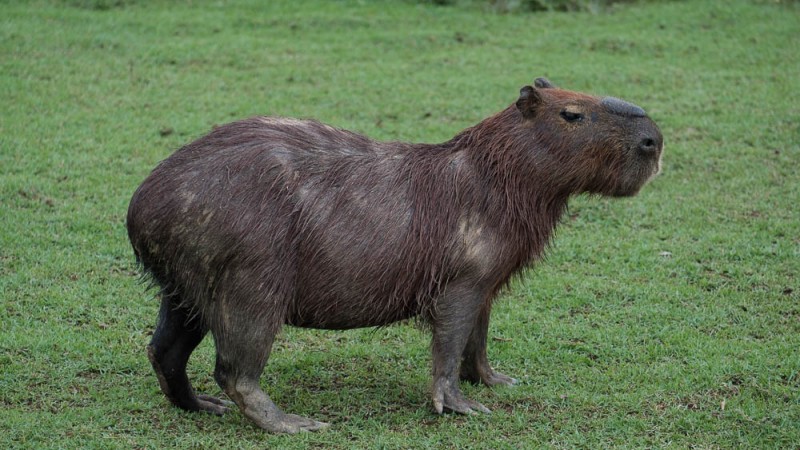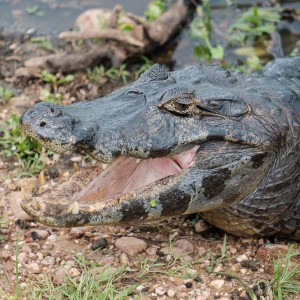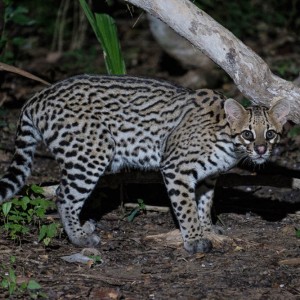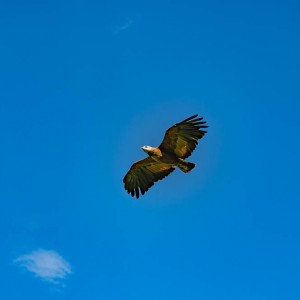Our plan is to stay in South America. We will be touring parts of Brazil, Paraguay and Argentina. We will probably also hop over to Chile. We were here during our first world trip but then we quickly found out that the continent is just too large to see it all in one go. Time to return.
Three days ago we arrived in the Pantanal through São Paulo. The Pantanal is the largest tropical wetland in the world. It measures somewhere between 140 and 195 thousand square kilometers and is known for its beautiful nature and abundant wildlife. It measures up to this in more than one way: even though we were lucky with the weather the first couple of days, it’s very wet. A lot of water means a lot of animals. And it shows. In just two days we’ve seen many: caymans, deer, otters, snakes, monkeys, an ocelot and many, many birds. From pygmee kingfishers to giant storks. And everything in between. In all sorts, sizes and the weirdest colours. It’s hard to miss the capybaras. They are a kind of giant guinea pigs, the size of a small pig, that pass by in groups, complete families with babies, while nibbling away.
We are staying at a fazenda in the middle of (the Northern part of) the Pantanal. It feels as if we’ve landed in the middle of nowhere. It is situated quite a bit away from the main, unpaved, road. There’s not much else to do but sit back and enjoy the quiet and nature. That’s when you notice the contrast with home: there is no bustle, no traffic. All you hear is the sound of the many birds. The animals all go about their own business and do not mind the few humans that happen to be here too. You would almost think there is some sort of peaceful coexistence. That’s something we westerners can learn from. But this applies too: eat or be eaten.Wild life spotting is simply done from your car. It get’s more exiting from a boat on the river. From a horse is much less comfortable. It gives a good impression of how wet and vast the area is. It also gives you a painful butt.
Then there’s the jaguar. We know it’s around. We have seen its paw prints and yesterday evening it was spotted very close by. Will we get to see it?




